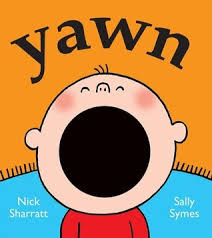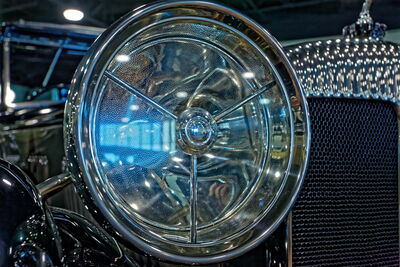Perceived image sharpness in high pixel-count cameras.
Dec 26, 2018 21:23:53 #
`
Me and Bipod seldom agree, but
we agree 300% here. That must
mean something significant !
Take heed, pixel peepers ....
.
Bipod wrote:
There is no simple relationship
between magapixels and optical
resolution.
There is no simple relationship
between magapixels and optical
resolution.
Me and Bipod seldom agree, but
we agree 300% here. That must
mean something significant !
Take heed, pixel peepers ....
.
Dec 26, 2018 21:43:54 #
Dec 26, 2018 22:03:36 #
Dec 26, 2018 22:24:17 #
roadsideron
Loc: Apache Junction, AZ
Y A W N.............................
How many have ever noticed that a yawn can set off another person to yawn. Just saying the word, "Y A W N' can cause people to yawn.
It doesn't happen with sneezes, farts, coughs, burps, so why Y A W N S?
How many have ever noticed that a yawn can set off another person to yawn. Just saying the word, "Y A W N' can cause people to yawn.
It doesn't happen with sneezes, farts, coughs, burps, so why Y A W N S?
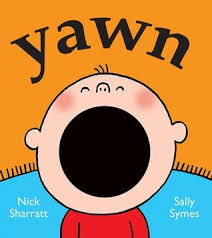
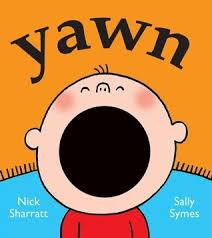
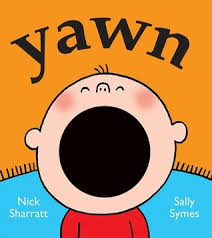
Dec 26, 2018 22:24:45 #
Dec 27, 2018 10:59:48 #
User ID wrote:
`
Me and Bipod seldom agree, but
we agree 300% here. That must
mean something significant !
Take heed, pixel peepers ....
.
Me and Bipod seldom agree, but
we agree 300% here. That must
mean something significant !
Take heed, pixel peepers ....
.
There probably is, ID. Just wondering, did you check out my post from last December : https://www.uglyhedgehog.com/t-501318-1.html. The images show results from 3 different sensors at 3 different MP values under the exact same shooting conditions. It sure looks to me that there is a readily "Perceived image sharpness" difference dependent upon the MP rating of the sensor. Just sayin'.
Dec 27, 2018 18:47:26 #
User ID wrote:
I'm with you. Heavy film grain is a random pattern
and thus interferes less with the "illusion of reality"
as compared to the in-you-face regulated pattern
of pixelation.
.
and thus interferes less with the "illusion of reality"
as compared to the in-you-face regulated pattern
of pixelation.
.
Absolutely. Pixellation is ugly. It's a lot like litho dots, but worse:
an image crucified on an array of pixels.
Grain, on the other hand, is a part of physical development, so it's related to
exposure to light. It's not something imposed on the image from the
outside.
And since it's not lined up in rows, it doesn't cause "artifacts" when you
photograph a subject with fine lines in it.
Frankly, well-made photo-lithograph reproductions often look better than
computer printed photos. For one thing, lithographers are skilled craftsmen--
unlike the clerk running the photo printer at Costco or Staples.
Digital images are regularlized twice: first by the sensor into a hex pattern,
later by the software into a rectilinear patttern for the printer. Toss in
scaling, and the possibility for creating "artifacts" is enormous.
All of this is completely outside the photographer's control -- where has the
photographer has quite a big of control over grain though choice of film,
exposure, developer, even reducer if necessary.
Dec 30, 2018 15:24:42 #
Dec 30, 2018 17:34:52 #
cameraf4 wrote:
There probably is, ID. Just wondering, did you check out my post from last December : https://www.uglyhedgehog.com/t-501318-1.html. The images show results from 3 different sensors at 3 different MP values under the exact same shooting conditions. It sure looks to me that there is a readily "Perceived image sharpness" difference dependent upon the MP rating of the sensor. Just sayin'.
My comment referred to the maximum megapixels of a sensor.
I was talking about comparing one sensor to another.
Obviously if you turn down the number of megapixels,
resolution goes down and probably perceived sharpness as well.
The first step is to define what you are attempting to measure.
Dec 30, 2018 17:36:27 #
roadsideron wrote:
YAWN YAWN YAWN YAWN.
Roadsideron, why do you want to disrupt and suppress this discussion?
What about it is threatening to you?
Dec 30, 2018 17:56:03 #
roadsideron
Loc: Apache Junction, AZ
I was making fun of the yawn picture that was being posted. No need for the challenge.
Dec 30, 2018 18:04:02 #
roadsideron wrote:
I was making fun of the yawn picture that was being posted. No need for the challenge.
Good to hear.
UserID has made a habit of posting that image.
Dec 30, 2018 20:05:38 #
roadsideron wrote:
I was making fun of the yawn picture that was being posted. No need for the challenge.
why?
Dec 31, 2018 00:13:45 #
How about we talk about the topic? Or some photography topic?
The OP asked about "perceived sharpness" of "high pixel-count versus low pixel-count"
"Perceived sharpenss" is a question about human perception. And some cameras have
move megapixels than actual sensor pixels (3-photocells with color masks).
The answer is that any image file -- even 5 MP -- can look sharp. A horizontal row of
black pixels in a white field will always look sharp regardess of the dimensions of the array.
Perceived sharpness is mostly a matter of edges (acutance, or boundries of local contrast).
Line up the black pawns on a chessboard and you've made an edge.
But photographs are not abstract patterns, they usually represent a subject. A photo can look
really sharp until we notice we can't read the signs in the picture, or we can't count the stars
on a flag. Or we notice lines on the surface of water or other place we know there shouldn't
be lines.
A good photo is one that stands up to careful viewing. Resolution and gradation are more
important than acutance for most subjects.
Resolution is only as good as the weakest link in the optical and processing chain: subject detail,
lighting, lens, aperture, conformance between image space and sensor, sensor microlenses, sensor
geometry, sensor photocells, sensor noise, demosaicing algorithm, image file resolution and color space,
image file compression, display device, viewer distance and human vision.
Does number of pixels limit resolution? Sure it does. But so do a bunch of other things. And turning down
megapixels is different than comparing two different sensors at maximum pixels.
The OP asked about "perceived sharpness" of "high pixel-count versus low pixel-count"
"Perceived sharpenss" is a question about human perception. And some cameras have
move megapixels than actual sensor pixels (3-photocells with color masks).
The answer is that any image file -- even 5 MP -- can look sharp. A horizontal row of
black pixels in a white field will always look sharp regardess of the dimensions of the array.
Perceived sharpness is mostly a matter of edges (acutance, or boundries of local contrast).
Line up the black pawns on a chessboard and you've made an edge.
But photographs are not abstract patterns, they usually represent a subject. A photo can look
really sharp until we notice we can't read the signs in the picture, or we can't count the stars
on a flag. Or we notice lines on the surface of water or other place we know there shouldn't
be lines.
A good photo is one that stands up to careful viewing. Resolution and gradation are more
important than acutance for most subjects.
Resolution is only as good as the weakest link in the optical and processing chain: subject detail,
lighting, lens, aperture, conformance between image space and sensor, sensor microlenses, sensor
geometry, sensor photocells, sensor noise, demosaicing algorithm, image file resolution and color space,
image file compression, display device, viewer distance and human vision.
Does number of pixels limit resolution? Sure it does. But so do a bunch of other things. And turning down
megapixels is different than comparing two different sensors at maximum pixels.
Oct 26, 2022 08:18:32 #
univac1103 wrote:
I don’t recall reading forum discussions about the... (show quote)
Bonjour, c'est le nom UNIVAC qui me fait réagir, j'ai travaillé dans cette entreprise en France, de 1971 à 1977, que de bons souvenirs.
Hello, it is the name UNIVAC which makes me react, I worked in this company in France, from 1971 to 1977, what good memories. Denis
If you want to reply, then register here. Registration is free and your account is created instantly, so you can post right away.
